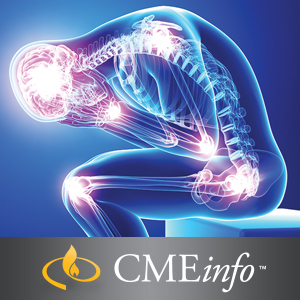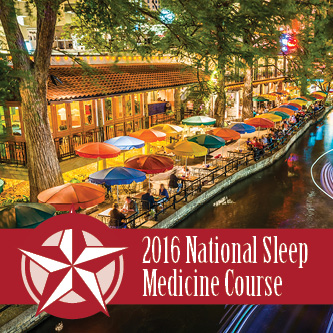-97%
Understanding Pain Management: An In-depth Examination
Pathophysiology of Pain and Chronic Conditions
- Acute and Chronic Pain: Comprehend the underlying mechanisms of pain signaling and the distinctions between short-term and persistent discomfort.
- Neuropathic Pain Conditions: Recognize the diverse manifestations and characteristics of nerve-related pain, including its causes and impact on the nervous system.
Health Care Reform and Pain Management
- Impact on Practice: Analyze the implications of evolving health care policies on the diagnosis and treatment of pain, including the implications for prescribers and patients.
Novel Techniques in Pain Management
- Interventional Techniques: Explore advanced procedures for the management of chronic pain, such as nerve blocks, injections, and neuromodulation.
- Non-interventional Techniques: Discover complementary approaches to pain relief, including physical therapy, cognitive-behavioral therapy, and lifestyle modifications.
Rheumatologic Conditions and Pain
- Autoimmune Disorders and Pain: Examine the mechanisms by which immune system dysfunction can contribute to chronic pain, including fibromyalgia and rheumatoid arthritis.
Fibromyalgia Management
- Current Understanding: Delve into the latest research and controversies surrounding fibromyalgia, its diagnosis, and treatment options.
- Comprehensive Evaluation: Evaluate the essential steps involved in assessing patients with fibromyalgia to develop tailored treatment plans.
Advanced Technology and Therapeutic Approaches
- Neuromodulation Techniques: Review the principles and applications of high-density stimulation, peripheral nerve stimulation, burst stimulation, and other nerve-based therapies.
- Opioid Management
National Opioid Epidemic
- Crisis in America: Understand the origins and complexities of the opioid epidemic and its impact on society.
- Opioid Use in Chronic Pain: Examine the controversial debate over the role of opioids in the management of chronic pain, weighing the benefits and risks.
- CDC and FDA Opioid Guidelines: Analyze the regulatory landscape surrounding opioid prescribing and its implications for pain management.
Multidisciplinary Pain Care
- Team-based Delivery: Explore the collaborative approach to pain management, involving physicians, nurses, physical therapists, and other health care professionals.
- Physician and Patient Wellness: Recognize the challenges of working with chronic pain patients and the techniques to prevent burnout.
Innovations in Pain Medicine
- Emerging Technologies: Discover promising research findings and cutting-edge therapies for pain relief, including sodium nitrite for peripheral neuropathy and intradural spinal cord stimulation.
Economics of Pain Management
- Transitioning to Value-Based Care: Analyze the shift from fee-for-service to bundled payments and the economic implications for pain care.
- Cost-effectiveness of Treatments: Evaluate the financial viability of different pain management interventions, such as neuro stimulation and targeted drug delivery.
Audience and Learning Objectives
Intended Audience:
- Anesthesia providers
- Interventional pain specialists
- Physical medicine and rehabilitation specialists
- Orthopaedic and spine surgeons
- Neurologists and neurosurgeons
- Headache specialists
- Palliative care specialists
- Primary care physicians
- Physical therapists
- Physician assistants
- Nurse practitioners
- Residents and fellows in training
Learning Objectives:
Upon completing this educational activity, participants will be able to:
- Understand the role of neuromodulation therapies in pain management, including patient selection criteria.
- Implement cost-effective pain care strategies that align with health care reform objectives.
- Identify pain conditions that necessitate surgical referral.
- Recognize the significance of rheumatologic conditions in chronic pain development and treatment.
- Acquire the technical skills required for interventional pain procedures.
- Utilize multidisciplinary and multimodal approaches to manage diverse chronic pain conditions.
- Apply CDC guidelines to chronic opioid treatment to enhance safety and mitigate adverse effects.
maybe you like these too:
- Dannemiller Updates On Pain Review: Conversations with the Experts 2022 (Videos)
- Dannemiller Pain Review Course 2017 (Videos)
- Substance Use Disorders: Medical, Nursing and Counseling Behavioral Treatment (Original PDF from Publisher)
- Opioid Addiction (Pediatric Collections) (Original PDF from Publisher)










Reviews
Clear filtersThere are no reviews yet.